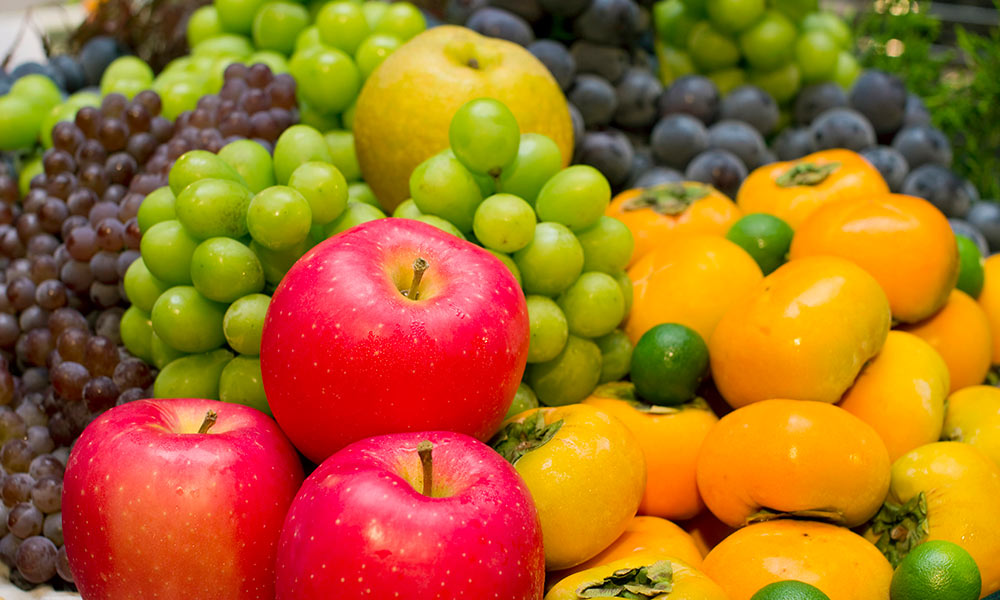
The country of Japan does have a limited resources and space for growing crops and fruits. Given that fact, farmers are obliged to make the most out of these lands by carefully planting fruits with premium quality. That is why some fruits in Japan are naturally expensive.
These are the popular fruits you can find in Japan:
1. Strawberry - Japan is the 4th largest strawberry producer country globally. High quality and perfect strawberries are pretty much expensive. It grows from December to May of the year.
2. Fuji Apple - A cross between two classic American Apple varieties. Taste the sweetness of crispy and juicy Fuji apples. It is available all year round and is the most popular apple available in the market.
3. Square Watermelon - Aside from the famous strawberry, square watermelon is definitely a unique fruit in Japan. It’s the same as the typical watermelon but it differs with size. The reason behind this is it’s easier to stack and consumes less space. Anyway there’s a saying that it doesn’t matter what the shape is, it’s what’s inside that matters.
4. Satonishiki Cherries - We often heard of Cherry Blossoms Trees but that’s not actually producing cherry fruits. Satonishiki Cherries are small in size but gives a rich taste of sweetness. It is grown from May to July and can be bought in packs.
5. Mikan - A type of Citrus fruit that is seedless and easy to peel. Mikan season is from October to January. They are available in boxes for purchase. Sounds fun!
6. Kyoho - It is a large grapes covered with thick skin and is eaten peeled. It can grow as big as plum. It is primarily grown from August to November at Nagano and Yamanashi Prefecture.
7. Ume - This is known as the Japanese Apricots. It is typically used in making umuboshi pickles and other Japanese beverages. There are a lot of Ume trees in Japan because Ume Blossoms are the first flowers to bloom during the Winter season.
8. Japanese Peaches - It comes in big size with its natural juice and soft flesh. Oftentimes, Japanese prefer to peel and cut the peach first before they eat it. It is only in season during the months of June to August.





